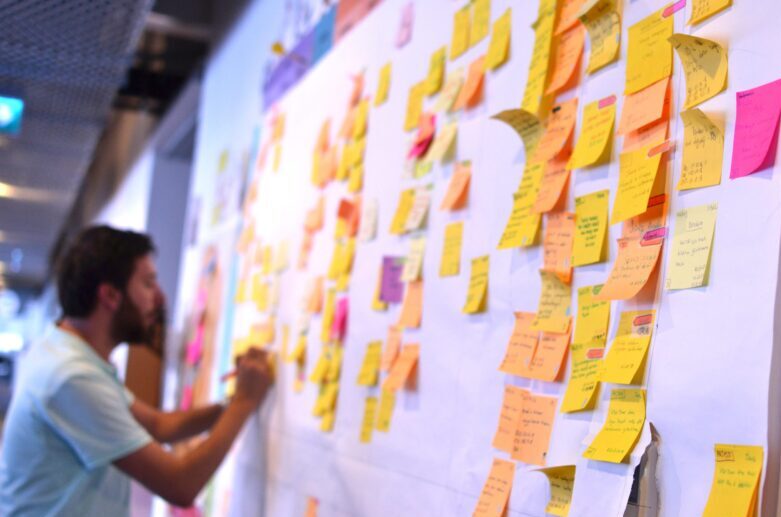Agile: A Mindset as Well as a Framework
Agile Service Management involves adapting Agile and Scrum principles to IT Service Management (ITSM) processes, with a focus on improving flexibility and efficiency. The Agile Manifesto, often seen as contradicting ITSM practices, actually complements them by emphasising “just enough” processes and tools for successful outcomes. Both Agile and ITSM prioritise customer satisfaction and early value delivery.

Agility is a mindset, not just a framework. Organisations must foster a culture of flexibility and innovation to thrive in today’s rapidly changing environment. This involves reducing cycle times, improving collaboration, and leveraging automation.
Agile Service Management ensures processes are designed with the minimal necessary structure to deliver value efficiently. The approach starts light, adds weight when required, and removes excess where possible. While adopting Agile tools like Scrum and Kanban is beneficial, the real value lies in embracing an Agile mindset—fostering a culture that encourages adaptability, creative problem-solving, and continuous improvement.
Without a shift in mindset, Agile adoption yields limited results. Changing established mindsets can be challenging, but having a clear, compelling reason for adopting Agile is key to successful transformation. True agility requires more than just new processes—it demands a fundamental cultural shift that embraces change.
